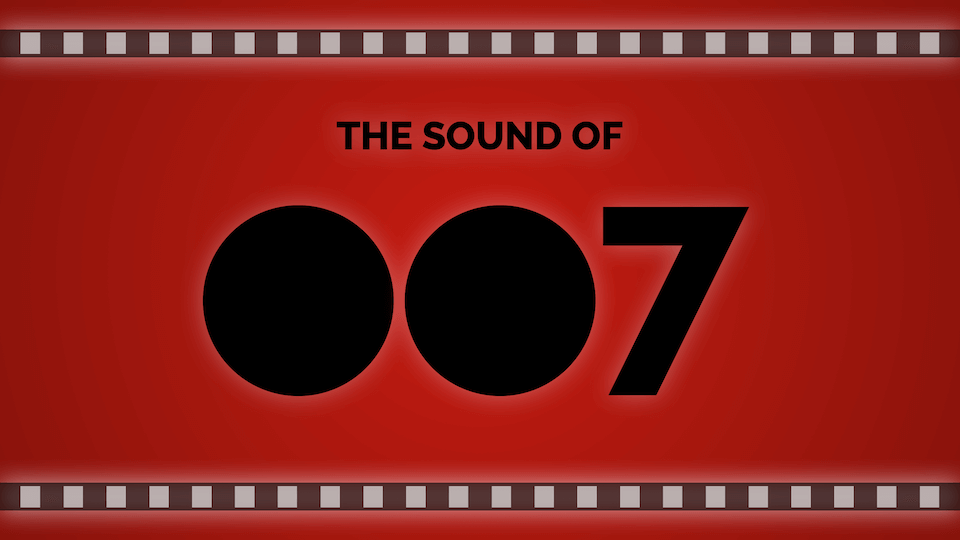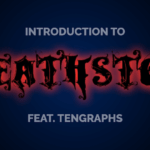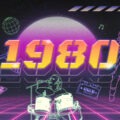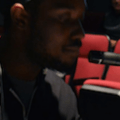Lush orchestration, driving electric guitar, tense rhythms, and dramatic string arrangements have become synonymous with ‘spy music’ thanks to the decades-long work of the Bond film series. With 25 official films on its roster including the forthcoming No Time To Die, the James Bond franchise spans an ever-growing fictional universe. Building a strong brand identity for Bond that remains consistent across directors, actors, and writers has been paramount to the success of the series. The film composers working on the series have collectively managed to create a unique sonic identity for Bond thanks to instantly identifiable core elements.
What Does a Spy Sound like?
James Bond, the iconic superspy with a licence to kill, first appeared in the book “Casino Royale” (1953) by Ian Fleming. The subsequent Bond series of spy novels became a hit, eventually developing into an equally popular film series that has 25 official films in its portfolio. The first James Bond movie was Dr. No in 1962, and it had soundtrack contributions from both Monty Norman and James Barry. Monty Norman pulled from a scrapped stage musical song called “Bad Sign, Good Sign” that he’d previously penned to compose the legendary “James Bond Theme”.
John Barry, coming from the world of swinging 60s jazz and pop, arranged the track to have more bombastic orchestration (a signature tactic of his that would recur throughout his composition work for the series). The reworked Barry version has an iconic guitar riff contribution from Vic Flick. The riff brings a mish mash of surfer guitar pop influences and electric guitar rock into the track.
Surf rock was a brief-lived but impactful 1960s rock subgenre that doubtlessly influenced Barry and Flick (and surf rock in return). Bond-style guitar picking is audible on the later Surfaris classic “Wipe Out” (1963).
Spaghetti Western films of the 60s also introduced a level of cinematic grandeur in their arrangements that helped shape the future Bond style. The composition work of Ennio Morricone on films like Once Upon a Time in the West (1968) and The Good, the Bad and the Ugly (1966) features epic guitar and sweeping orchestration that continues to influence the Bond series to this day.
Rising and Falling
Even in the earliest days of the Bond films, one of the most important musical themes that defines the series is introduced; rising and falling. This certainly wasn’t a new musical idea, and can be heard in the famous Elvis hit “Surrender”.
The “Surrender” track is itself an adaptation of the much earlier Neapolitan song “Torna a Surriento”, where the same rising and falling can be heard.
However, in the Bond series, this idea grounds a character who is himself defined by rising and falling; from betrayal, to triumph, to death, to victory. The chromatic Minor/Major 7 chords first introduced in the “James Bond Theme” are used both in scoring compositions throughout the franchise, and many of the iconic title tracks that introduce each film.
World Traveller
The Bond films are strongly defined by their global scale and stunning visual setpieces that the international man of mystery visits. The music is no exception, and in addition to the notion of rising and falling chords, the Bond film arrangements have tended to embrace regional music influences important to the films. The Live and Let Die (1973) soundtrack includes a cover of “Just a Closer Walk with Thee” to accompany a memorable scene of a New Orleans jazz funeral.
Similarly, the Spectre (2015) track “Los Muertos Vivos Estan” includes a performance by the Mexican contemporary classical percussion group Tambuco to accompany a scene set during Día de los Muertos.
Technologically Savvy
Both Bond’s spy gadgets, and the film’s musical choices, make the most out of modern listening sensibilities. The soundtrack of GoldenEye (1995) featured echoing synths that brought the series into the modern era, and were well-matched for the popular video game tie-in of the same name.
While the series frequently honors fan nostalgia with brass and string arrangements, Spectre breaks up its lush orchestration with the ghostly electronic track “A Reunion” for a futuristic feel.
With Hans Zimmer slated as the most recent film composer for the series, there will doubtless be exciting breakthroughs to look forward to given his fondness for modern workflow technologies.
Powerful Allies
Bond makes the most out of his powerful connections, and so does the music in his series. Its star-studded theme songs are among the most memorable music pieces of the series for mainstream listeners, serving both as promotion, and a storytelling device that helps set the tone for the film. Madonna (Die Another Day), Jack White & Alicia Keys (Quantum of Solace), Adele (Skyfall) and Sam Smith (Spectre) are just some of the most recent famous faces to add a Bond theme track to their resume. The newest addition is Billie Eilish and her contribution “No Time To Die”, a haunting track that pairs her signature sparse vocals with a grandiose orchestral backing. With the decision to cast Eilish in the role of lead songstress, it seems clear that the filmmakers are trying to capture a new, young generation of fans.
Unforgettable Entrances
Beyond featuring recognizable names, these theme tracks critically set the tone for each film by incorporating lyrical and musical imagery consistent with the film being introduced. They also often pull musical cues from previous Bond themes, helping each movie pick up where the last one left off.
The films of the Craig-era Bond provide an excellent case study of this technique. With Casino Royale (2006), the challenge for the film’s soundtrack composer David Arnold was to give first-time Bond actor Daniel Craig a fresh identity that still connected his character to the rich history of the series. The film’s title theme song gives a bold, chaotic, guitar-filled and drum-laden introduction that clearly tries to set itself apart from past Bonds. However, it has just enough of the classic rising and falling arrangements to make it feel familiar, with the song’s singer and co-writer/co-producer Chris Cornell also reminding the audience that they know who this character is with harsh vocal refrains of “You Know My Name!”
The guitar returns on the next film’s (Quantum of Solace, 2008) opening track “Another Way to Die”, but the instrumentals sound noticeably grimier and heavier. The lyrics are also notably more morose, recapping that in the previous film, “Another bill from a killer turned a thrill into a tragedy.”
With time, Craig’s Bond has become a grizzled spy veteran, and the title track “Skyfall” for his next film (Skyfall, 2012) also sounds the part. The orchestration is noticeably more like a classic, lush Bond theme. Adelle begins the song by reminding everyone of Bond’s various tragedies and lost loves, singing “Hear my heart burst again.” However, Adelle (singing from the perspective of Bond) seems to realize that he is more than just 007, adding that “You may have my number, you can take my name/ But you’ll never have my heart.” By the end of the track, a chorus of voices swells to sing “Let the sky fall / When it crumbles / We will stand tall,” hinting that maybe Bond can persevere if he stays close to his allies.
On Spectre’s (2015) “Writing’s On the Wall”, things return to a more sombre tone. The track’s lyrics comment that Bond still has unfinished business to take care of, both with the evil Spectre organization and his broken heart; “A million shards of glass/ That haunt me from my past.”
Although we have yet to see where No Time to Die (2020) takes our hero, we might be able to take some hints from the “No Time To Die” song lyrics. Daniel Craig’s Bond has loved and lost many times throughout his films, and it seems that this cycle is finally coming to a bloody end with lyrics like “Faces from my past return / Another lesson yet to learn” and “Fool me once, fool me twice / Are you death or paradise? Now you’ll never see me cry…”
The Power of Sonic Branding
Given the longevity of the Bond series (and its numerous spin-offs, parodies, and spiritual successors), it’s clear that it is doing something right. For music composers or arrangers just starting out it might seem like a daunting task to create one’s own signature sound style. Yet as Polykrome has previously shared with RAC, creating a coherent musical brand with your work will ground everything you do. The Bond discography remains one of the most impressive examples of keeping a solid sound identity over time, and should be a go-to reference for anyone looking to build with a sustained creative direction in mind.
Further Information
There is much more that can be said about this genius franchise. For a comprehensive analysis of the franchise’s scoring, The Art of The Score has released a three part podcast covering each film’s individual approach to composition. Dan Golding from this podcast has also independently released a more succinct video highlighting examples of the rising and falling technique used in different Bond title tracks. A final, and essential, piece of Bond-related music history to learn are the legal disputes had between John Barry and Monty Norman to determine who actually deserves credit for the “James Bond Theme”. As reviewed in great detail by the James Bond Radio podcast, courts have determined that Monty deserves composition credit and Barry, arrangement.






















